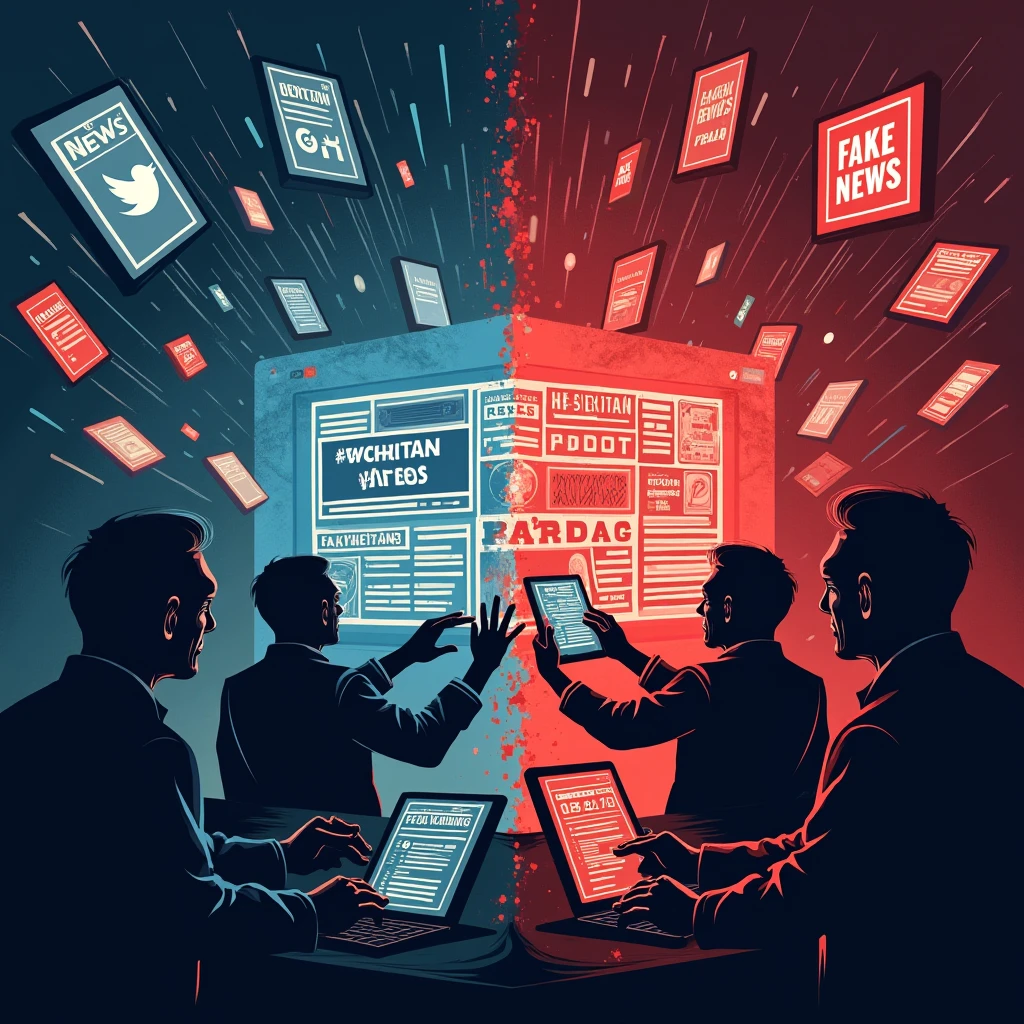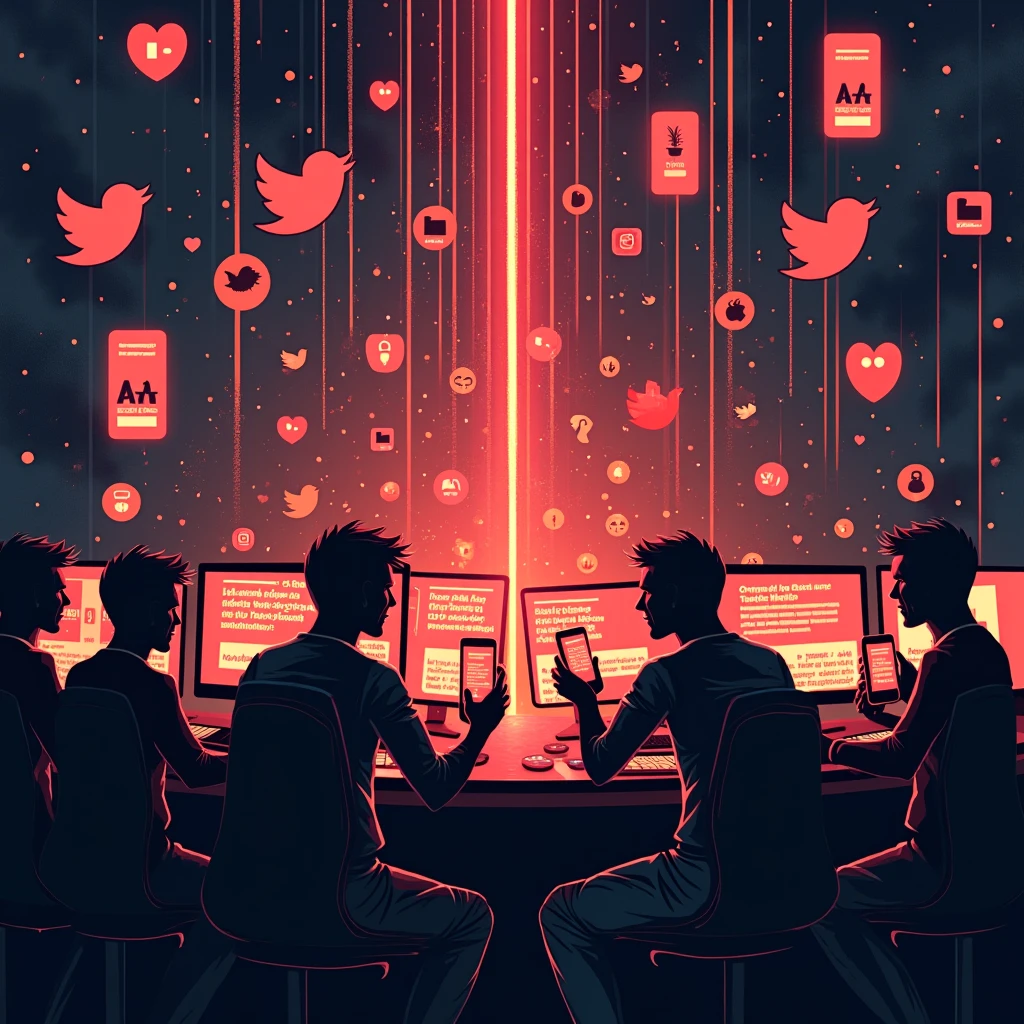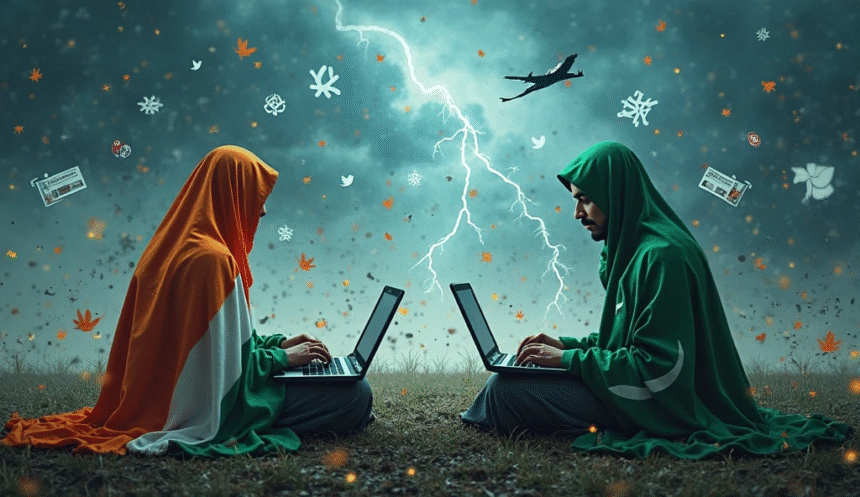From Hashtags to Hostility
Take the aftermath of any Indo-Pak cricket match or military confrontation—you’ll notice hashtags like:
#IndiaStrikesBack#PakistanZindabad#BoycottBollywood#FreeKashmir
These aren’t just trends—they’re weapons of influence, often amplified by coordinated networks of trolls and bots.
What starts as online banter quickly escalates into real-world hate, diplomatic tension, and even censorship. In some cases, online disinformation has directly contributed to protests, cyberattacks, and border escalations.
Who’s Behind the Curtain?
Both India and Pakistan have been accused of operating state-backed digital armies. These aren’t sci-fi concepts—they’re real networks that:
- Push nationalistic narratives
- Flood rival platforms with misinformation
- Doxx journalists or critics
- Create fake grassroots movements (a.k.a. astroturfing)
Even seemingly harmless content like “patriotic reels” or reaction videos are now tools for emotional conditioning.
The Cost of Misinformation
The psychological toll of these social media battles is high:
- Polarization: Youths on both sides grow up with a single-sided version of truth.
- Dehumanization: Opposing citizens are seen as enemies rather than people.
- Echo Chambers: Algorithms feed users only what confirms their bias.
This creates a loop where dialogue becomes impossible—and hostility becomes default.


In the war of narratives, truth is the first casualty — drowned by the noise of hashtags and the silence of understanding
Is There a Digital Path to Peace?
Yes—but only if we reclaim the narrative. While toxic nationalism dominates the headlines, there are still voices of peace:
- Indian and Pakistani influencers collaborating
- Peace podcasts, cross-border storytelling, and mutual appreciation for art, music, and food
- Youth-led movements demanding fact-based journalism over propaganda
Instead of just retweeting rage, what if we amplified truth, empathy, and common humanity?
Final Thoughts
The India-Pakistan conflict is complex and deeply rooted—but social media has turned it into a 24/7 digital war zone. And just like any other war, there are casualties: truth, peace, and public trust.
In the end, it’s up to the netizens of both countries to choose—do we want to be soldiers of misinformation or storytellers of peace?







